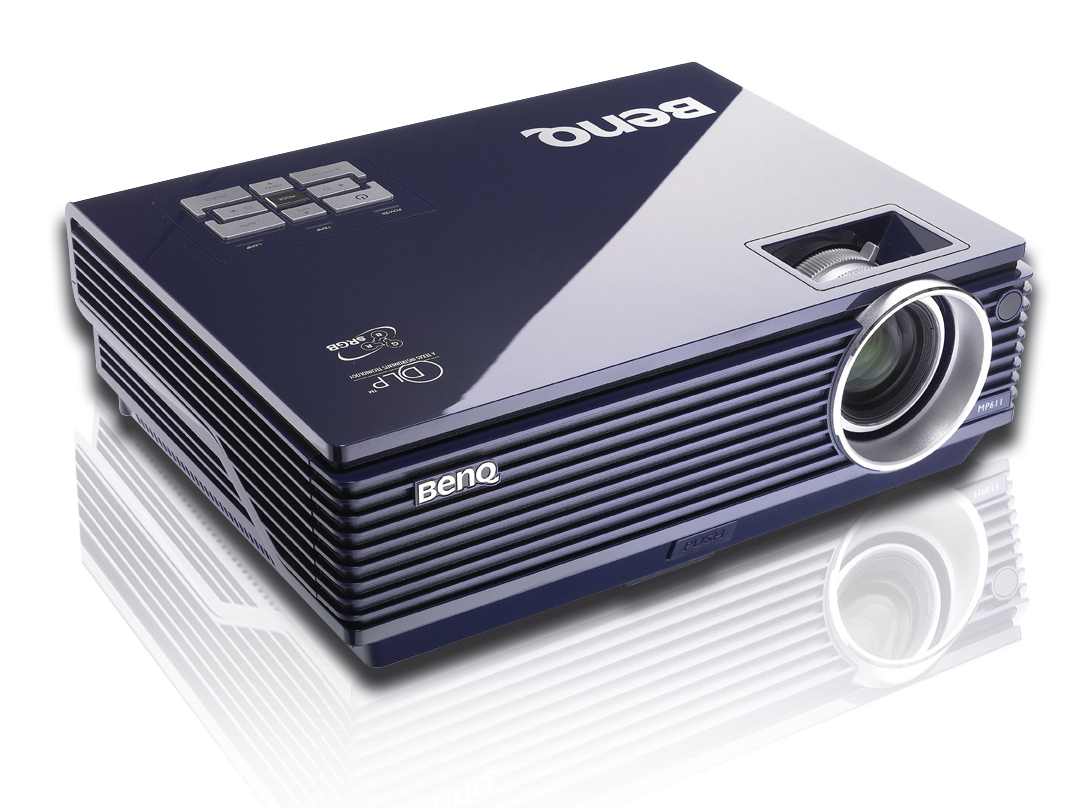TechRadar Verdict
It's pitched at a low price, but too many compromises have been made to get there
Pros
- +
Attractive price
Pleasantly quiet
Cons
- -
Limited resolution
Little point in tweaking settings
Why you can trust TechRadar
The BenQ MP611 stands out in a number of respects. For one thing, it is dark blue in colour, which is certainly unusual, and the nine metal control buttons look stylish and smart. More significantly, it has a resolution of just 800 x 600 pixels, rather than the more conventional 1024 x 768 pixels.
Turn the power on and you'll get a rude surprise, as the BenQ plays a start-up tune which is rather unpleasant. It also repeats the exercise when you shut the device down.
Although this is an affordable projector it's a pity you only get a VGA cable and power cable in the package, with nothing to connect to the S-video and composite inputs. There is no DVI connection.
BenQ places an emphasis on its quiet ventilation system and the rated noise levels of 28dB in normal use, or 24dB in Eco mode, are very quiet indeed. Hot air exits to the right-hand side and is warm, rather than hot.
The settings menu is basic and straightforward and if you crank up the brightness and contrast settings you'll find that the image will become horribly bright and unpleasant. The picture mode preset was the only one that looked acceptable to us and we were happy to use it for all types of viewing, although colours don't look warm on any setting.
We found that the zoom and focus rings had a cheap feel, much like a kid's kaleidoscope, which reinforced the feeling that this is very much a budget projector; however, the price doesn't adequately reflect that fact.
Sign up for breaking news, reviews, opinion, top tech deals, and more.
Tech.co.uk was the former name of TechRadar.com. Its staff were at the forefront of the digital publishing revolution, and spearheaded the move to bring consumer technology journalism to its natural home – online. Many of the current TechRadar staff started life a Tech.co.uk staff writer, covering everything from the emerging smartphone market to the evolving market of personal computers. Think of it as the building blocks of the TechRadar you love today.
